NASA telescopes have made a major breakthrough in astronomy by managing to take a picture of Sagittarius A*, the enormous supermassive black hole that resides in the center of the Milky Way galaxy, confirming its status as a black hole.
Announced by NASA on Thursday and with results being published in several articles in a special issue of the peer-reviewed academic periodical The Astrophysical Journal Letters, this discovery is a major step forward in our understanding of the universe and is the culmination of several years of research with the goal of using imaging techniques to ascertain the image of the black hole.
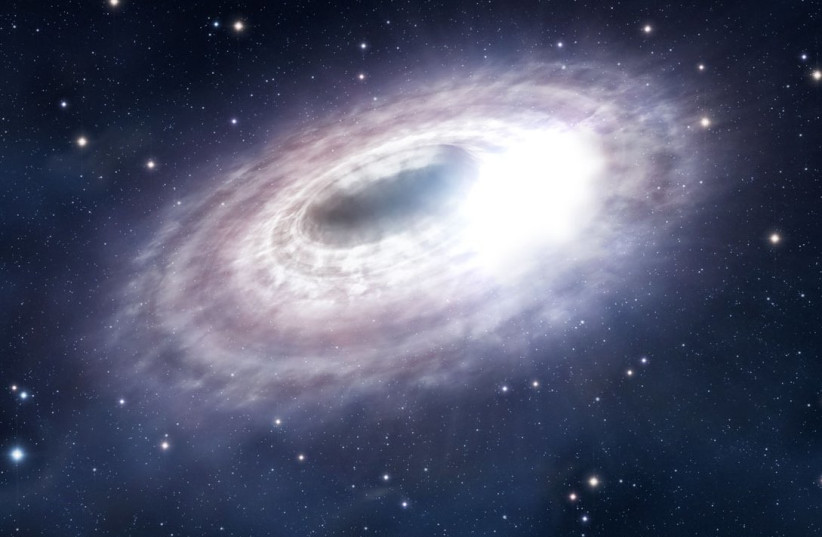
What is Sagittarius A*?
Residing in the center of the Milky Way galaxy, Sagittarius A* is, technically speaking, a bright and compact radio source in the galactic center.
Essentially, the entirety of the Milky Way galaxy revolves around it.
While astronomers have long been aware of the radio source in the area, it was never entirely clear what was inside it.
The most obvious answer was a supermassive black hole, which resides in the centers of most spiral galaxies, if not all of them.
Indeed, this was supported by discoveries made by Reinhard Genzel and Andrea Ghez, who had determined that the only known plausible explanation for what Sagittarius A* even is was a black hole - a discovery that won them the 2020 Nobel Prize in Physics.
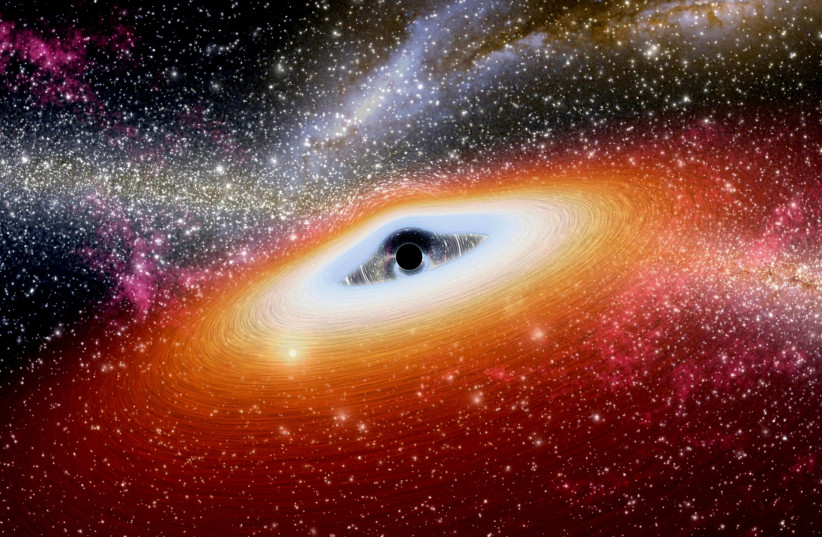
What is a black hole?
Black holes are, to incredibly simplify a complex cosmic phenomenon, massive concentrations of gravity so strong that nothing, not even light, is able to escape.
There are many of them. In fact, according to one recent study, the observable universe (which has a diameter of approximately 90 billion light-years) is home to around 40 quadrillion (40,000,000,000,000,000, or 40 x 10^18 in scientific notation) black holes.
However, they are very mysterious, to the point that scientists weren't even sure they existed 20-30 years ago.
We do know quite a bit about them. For instance, we know how many of them are formed – such as through the implosion of stars – and how they affect matter around them. We also know they emit radiation and radio waves.
We also have many theories about what these steller bodies can do. For example, Albert Einstein’s Theory of General Relatively predicts that sufficiently compacted mass can deform space-time - which is an accurate characterization of a black hole: a very strong deformation of space-time. In other words, it is an opportunity to reconcile gravity and quantum physics, but it also means that such strong gravity can, in essence, alter space-time.
But there is still so much we don't know about these massive cosmic objects.
A large part of the mystery surrounding black holes is due to the fact that we can't see them, which itself is because light cannot escape, therefore we can't see the light from it. That's why the only way scientists traditionally know black holes exist is to study the enormous gravitational pull it has on surrounding matter.
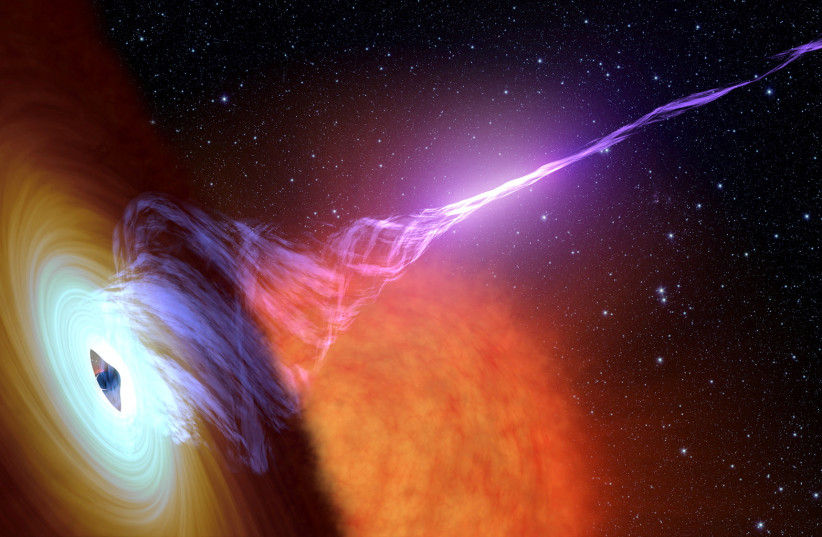
So how did we get a picture?
This was no simple feat and it took the combined efforts of several special NASA telescopes based on data gathered in 2017,
These telescopes are the Event Horizon Telescope (EHT), the Chandra X-ray Observatory the Nuclear Spectroscopic Telescope Array (NuSTAR) and the Neil Gehrels swift Observatory (Swift).
The EHT in particular, a large array made up of a global network of radio telescopes, had already made waves in the field of black hole study, having taken the first true image of a black hole in 2019. This black hole in question was a supermassive black hole at the center of the supergiant elliptical galaxy Messier 87.
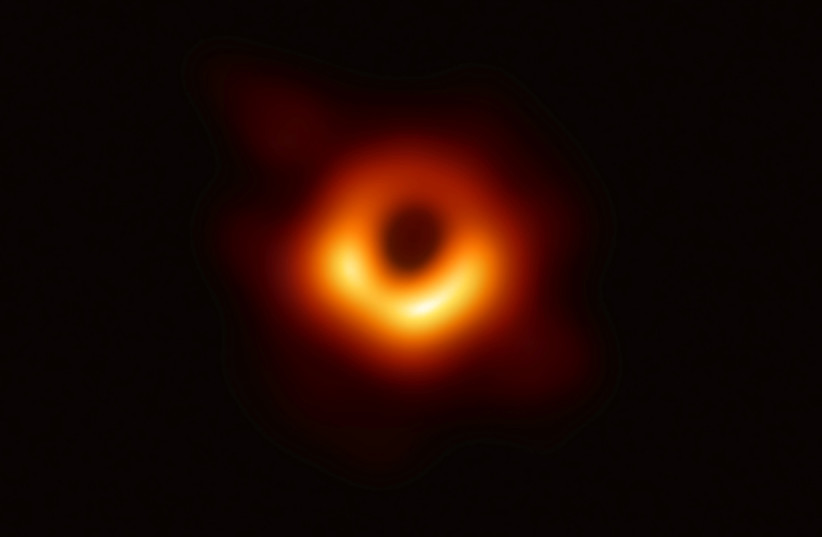
However, despite Sagitarrius A* being much closer than Messier 87, getting this image was considerably more difficult.
“The gas in the vicinity of the black holes moves at the same speed — nearly as fast as light — around both Sagittarius A* and M87*. But where gas takes days to weeks to orbit the larger M87*, in the much smaller Sgr A* it completes an orbit in mere minutes," EHT scientist Chi-kwan Chan explained in a statement.
"This means the brightness and pattern of the gas around Sagittarius A* were changing rapidly as the EHT Collaboration was observing it — a bit like trying to take a clear picture of a puppy quickly chasing its tail.”
So what has this taught us about Sagittarius A*?
We did know some things about Sagittarius A* already. For instance, it is estimated to have a mass of around 3.7-4.3 million solar masses (a measure of mass used in astronomy, with one solar mass being roughly equivalent to the weight of the Sun and about 333,000 times the mass of Earth).
However, this new discovery also shows us more than we previously thought.
Overall, there are a lot of similarities between Sagitarrius A* and the black hole at the center of Messier 87. But there is more to the story.
"If the new EHT image shows us the eye of a black hole hurricane, then these multiwavelength observations reveal winds and rain the equivalent of hundreds or even thousands of miles beyond," explained Daryl Haggard of McGill University in Montreal, one of the lead scientists. "How does this cosmic storm interact with and even disrupt its galactic environment?"
One of the things NASA hoped to find while imaging Sagitarrius A* was to catch X-ray flares. This is, itself, related to trying to understand how black holes collect materials in a process known as "accretion" - something essential to the formation and growth of not just black holes, but stars and planets as well.
It is thought that black holes gather material rapidly from the surrounding environment and are surrounded by what is known as an "accretion disk." These disks consist of fast-rotating high-temperature gases that give off light - though the black holes themselves do not.
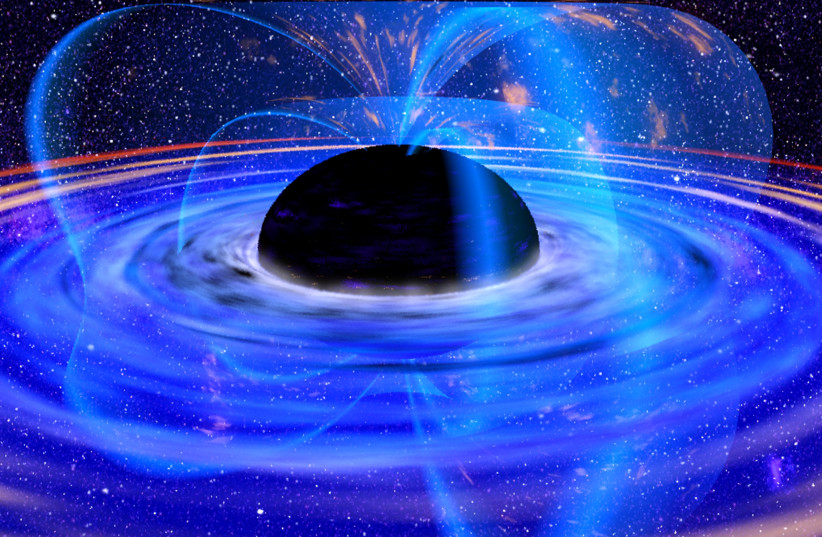
"Astronomers can largely agree on the basics — that black holes have material swirling around them and some of it falls across the event horizon forever," said Sera Markoff of the University of Amsterdam in the Netherlands, another coordinator of the multiwavelength observations. "With all of the data that we've gathered for Sagitarrius A* we can go a lot further than this basic picture."
And this is why Sagitarrius A* is so important. We have more information about it than we do on other black holes. Indeed, thanks to images gathered by Chandra, which depicted the hot gas around the black hole, scientists now have a better idea of how much material from nearby stars ends up captured by the black hole's gravity and how much manages to get closer to the event horizon, also known as the point of no return where nothing can escape from.
This data is crucial for the study of accretion – and we only have it with Sagittarius A*. Currently, it isn't possible to get this information from any other black hole in the universe.
"Sagitarrius A* is the ultimate laboratory for black hole astrophysics," noted EHT project scientist Geoffrey C. Bower in a statement in The Astrophysical Journal Letters. This is because of its proximity - a safe 27,000 light-years away from Earth - compared to the far-away Messier 87,
<br>So what does the black hole look like?
Well, even with a picture, it isn't easy to describe.
Essentially, it's a great mass without any light, illuminated by a bright reddish-orangeish ring. It is this ring that is the best description of the black hole.
The orange right around the black hole is caused by lensed emission and was also seen around the supermassive black hole at the center of Messier 87. What this means is that these lensed rings are likely a universal feature of black holes.
Further understanding of this ring, accretion disks and more about black holes need further study to understand, and further research on data obtained about the radio wave flares further studied in Sagittarius A* will be described in further research.
But overall, the black hole puzzle of the universe is one step closer to being solved.
Cassandra Gomes-Hochberg contributed to this report.
